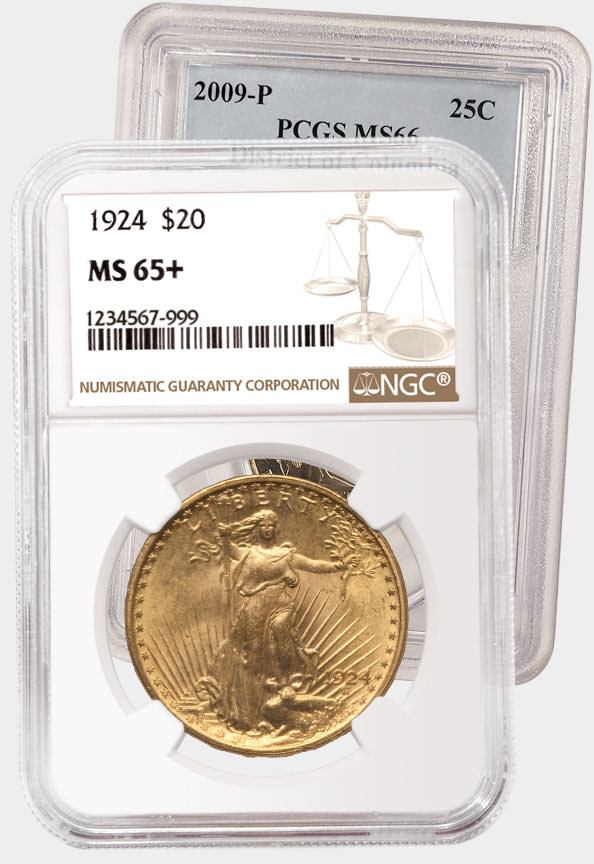Counterfeit Detection: 1857 Flying Eagle Cent
Posted on 1/11/2022
The Flying Eagle Cents of 1856 to 1858 represented a landmark shift in US coinage. Their weight of 4.67 grams was less than half of their predecessor, and their diameter shrunk to 19 mm, the same as today’s cents. Their copper content was reduced to 88 percent, with the balance being nickel.
A small number of Flying Eagle Cent Patterns and Proofs were produced dated 1856. Then, over 17 million were struck with the 1857 date, a huge number that was intended to encourage people to exchange older coins for them. The series only lasted until 1858 because of a production problem due to the designs of the obverse and reverse. The head and tail of the eagle would not strike up properly or the wreath on the reverse would be ill-defined.
Examples of the 1857 Flying Eagle Cent are plentiful today: NGC has graded more than 8,000 examples, about two-fifths of them Details graded. Still, because of the popularity of the short series, even examples in About Uncirculated condition can sell for hundreds of dollars, with the finest Mint State examples being worth thousands.
NGC recently received a purported example of an 1857 Flying Eagle Cent. Unfortunately for its submitter, the coin is a counterfeit. Overall, it has rough, porous surfaces, which are not expected on a genuine example. Also, note the poorly defined denticles, another red flag.
 |
 |
 |
 |
| Close-ups of the counterfeit 1857 Flying Eagle Cent. The die scratch can be seen in the top-left image above the eagle's left wing. Click images to enlarge. |
|
An even closer inspection reveals certain design elements like the back wing fading into the field. In addition, die scratches — such as the one through the T in UNITED that extends above the eagle's left wing — are not normal on a genuine example.
Did you know? NGC has created a comprehensive Counterfeit Detection resource to help collectors and dealers identify counterfeit and altered coins. Visit NGCcoin.com/counterfeit.
Stay Informed
Want news like this delivered to your inbox once a month? Subscribe to the free NGC eNewsletter today!




